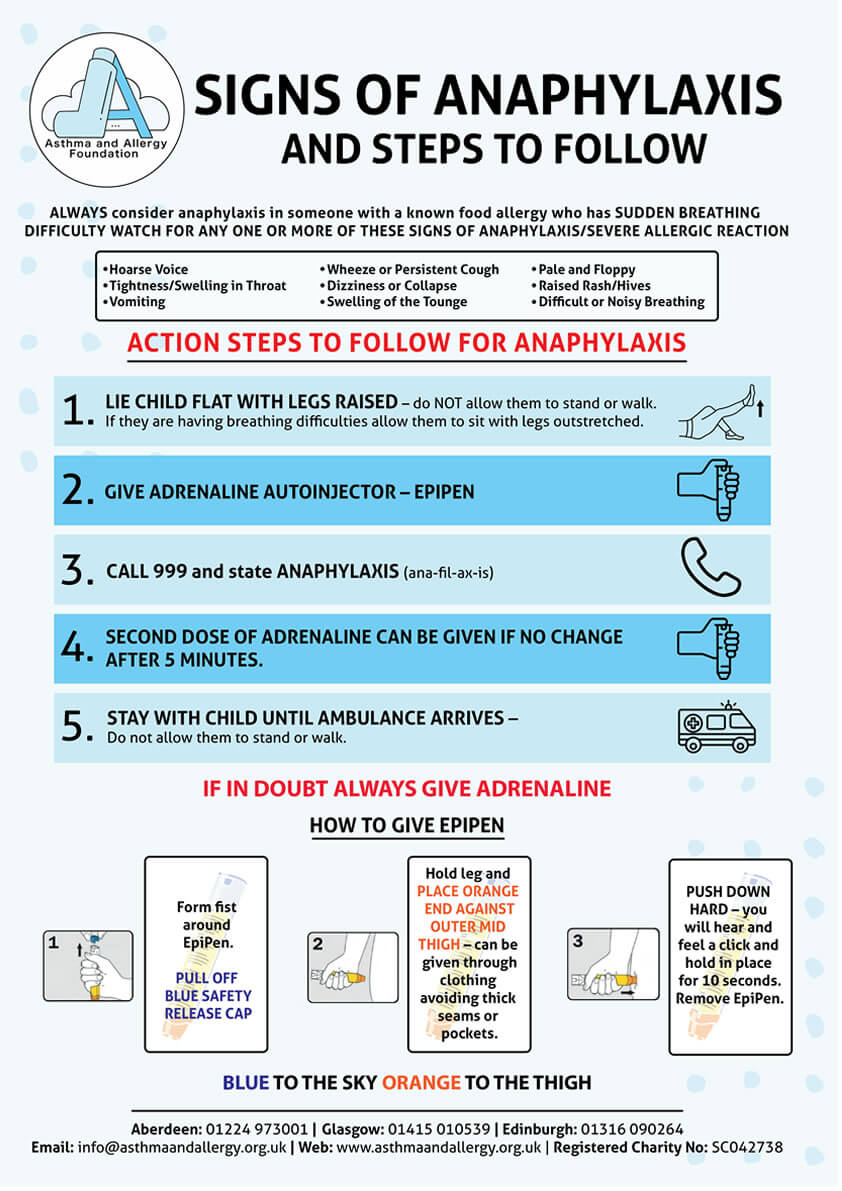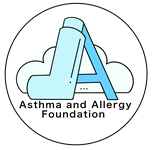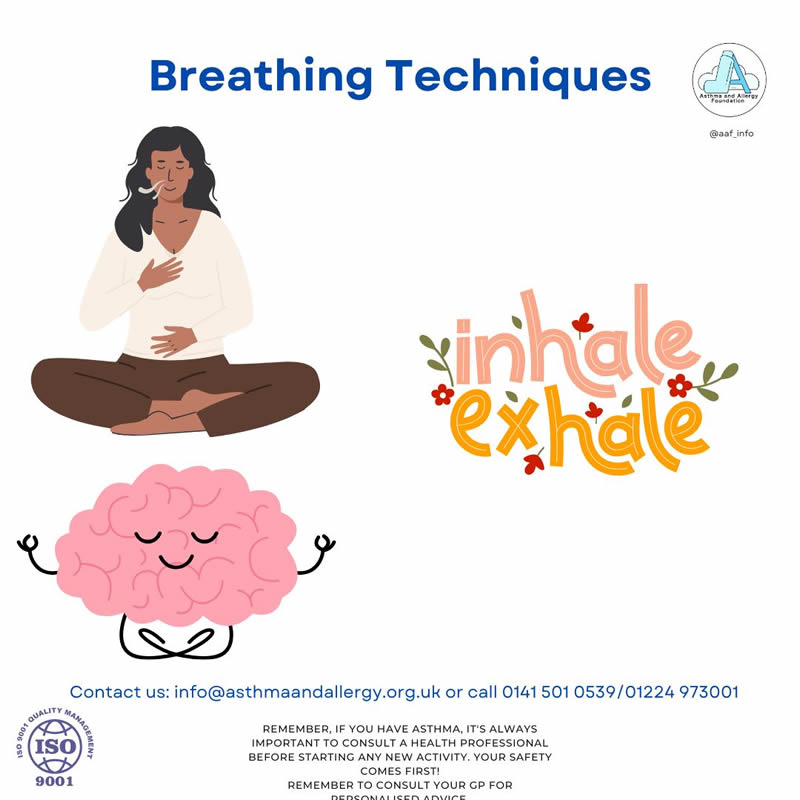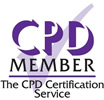Resources
The British Thoracic Society (BTS), National Institute for Health and Care Excellence (NICE) and the Scottish Intercollegiate Guidelines Network (SIGN) have collaborated to develop a UK-wide asthma guideline. This was released in November 2024 and below are some changes you may now experience with treatments.
What is MART?
Maintenance and Reliever Therapy (MART) is an asthma treatment that combines preventer and reliever inhalers into one inhaler.
A MART inhaler reduces the risk of asthma symptoms and attacks by:
- Lowering airway inflammation
- Preventing symptoms like breathlessness and chest tightness
- Acting quickly during an attack
- Reducing the need for high doses of steroid tablets
MART inhalers can be either dry powder inhalers (DPIs) or metered dose inhalers (MDIs). If using an MDI, a spacer is recommended to enhance delivery to the airways and minimise side effects.
MART is usually prescribed to adults and children aged 12 and over.
During an asthma attack, if you have an AIR or MART inhaler (used for both preventing and treating symptoms), take 1 puff every 1 to 3 minutes until you feel better, up to a maximum of 6 puffs.
What is Anti-Inflammatory Reliever (AIR) Therapy?
Anti-Inflammatory Reliever (AIR) therapy involves using a combination inhaler that contains two types of medication:
- A steroid anti-inflammatory medication that reduces inflammation in your airways
- A reliever medication called formoterol, which quickly opens your airways during asthma symptoms or attacks.
If you are on an AIR-only treatment plan, you only use your anti-inflammatory reliever inhaler when you get asthma symptoms.
For further information see links below or contact your GP or asthma nurse.
Please download the following resources and if you require further information please get in touch.

This guidance is intended for children under 12 years or anyone using a reliever inhaler (usually blue) containing salbutamol, which provides fast relief from asthma symptoms by opening the airways.

Guidance for those on AIR or MART therapy:
- Sit Up: Try to remain calm.
- Inhaler Use: Take one puff of your inhaler every 1 to 3 minutes, up to a maximum of six puffs.
- Emergency Action:
- If you feel worse at any point or do not feel better after six puffs, call 999 for an ambulance.
- If the ambulance has not arrived after 10 minutes and your symptoms are not improving, repeat step 2.
- If your symptoms remain unchanged after repeating step 2 and the ambulance has still not arrived, contact 999 again immediately.
- No Inhaler: If you do not have your MART inhaler or your AIR inhaler, call 999 straight away.
Stay safe and take care of your health!

Third party wood smoke, kerosene and/or gas fume ingress as a direct result of open fire, stove or boiler ownership/operation can often lead to respiratory implications and poor air quality. NACE, the National Association of Chimney Engineers, have detailed knowledge and interpretative expertise which is second to none and in many instances supersedes that of local authorities and legal practices who do not have the key technical elements to resolve civil disputes.
Members of the general public with health and/or respiratory concerns who may be unsure of their consumer rights surrounding the operation of either an open fire or stove that they feel is likely to impact upon their own health and wellbeing and/or fabric of their building as well as those around them or from some other external source can contact their technical helpline for free advice: 01223 774477 or email them at: technical@nacegroup.co.uk


Living with asthma can affect your mental and emotional wellbeing:
Living in fear of flare-ups or asthma attacks, feeling frustrated by a lack of understanding from employers, family, and healthcare professionals.
Worrying about how your lung condition affects loved ones and feeling unhappy about needing support.
Experiencing depression due to limitations from symptoms, and anxiety about finances, work, and the future as your condition may worsen.
Dealing with loneliness from missing social activities and feeling stressed after hospital stays.
A lack of sleep can impact your well-being, especially for those who often struggle to sleep due to symptoms.
Additionally, medications can affect your mood, causing side effects such as mood swings.
What can help you?
It is essential to seek help, as stress, anxiety, and depression can impact all aspects of your daily life, including the management of your condition.
Speak to your Gp about treatments for depression and anxiety.
If you are being managed in a hospital / consultant led setting you should be able to be referred to those specialists who can help you with your emotional wellbeing.
It`s a good idea to track how you are feeling in a diary and share with your Gp/healthcare team to see if there is a pattern.
Other things you could try:
- Stay Informed: Understand your condition to feel more in control.
- Practice Relaxation: Use mindfulness or deep-breathing exercises to manage stress.
- Connect with Others: Join support groups or connect with understanding friends and family.
- Exercise Regularly: Engage in moderate exercise as advised to boost mood.
- Eat Healthy: Maintain a balanced diet and stay hydrated.
- Manage Triggers: Identify and avoid asthma triggers to reduce flare-ups.
- Seek Professional Help: Talk to a therapist if feeling overwhelmed.
- Set Realistic Goals: Focus on achievable goals for motivation.
- Journal: Write about your feelings to process emotions.
- Stay Organised: Track medications and appointments to reduce anxiety.










